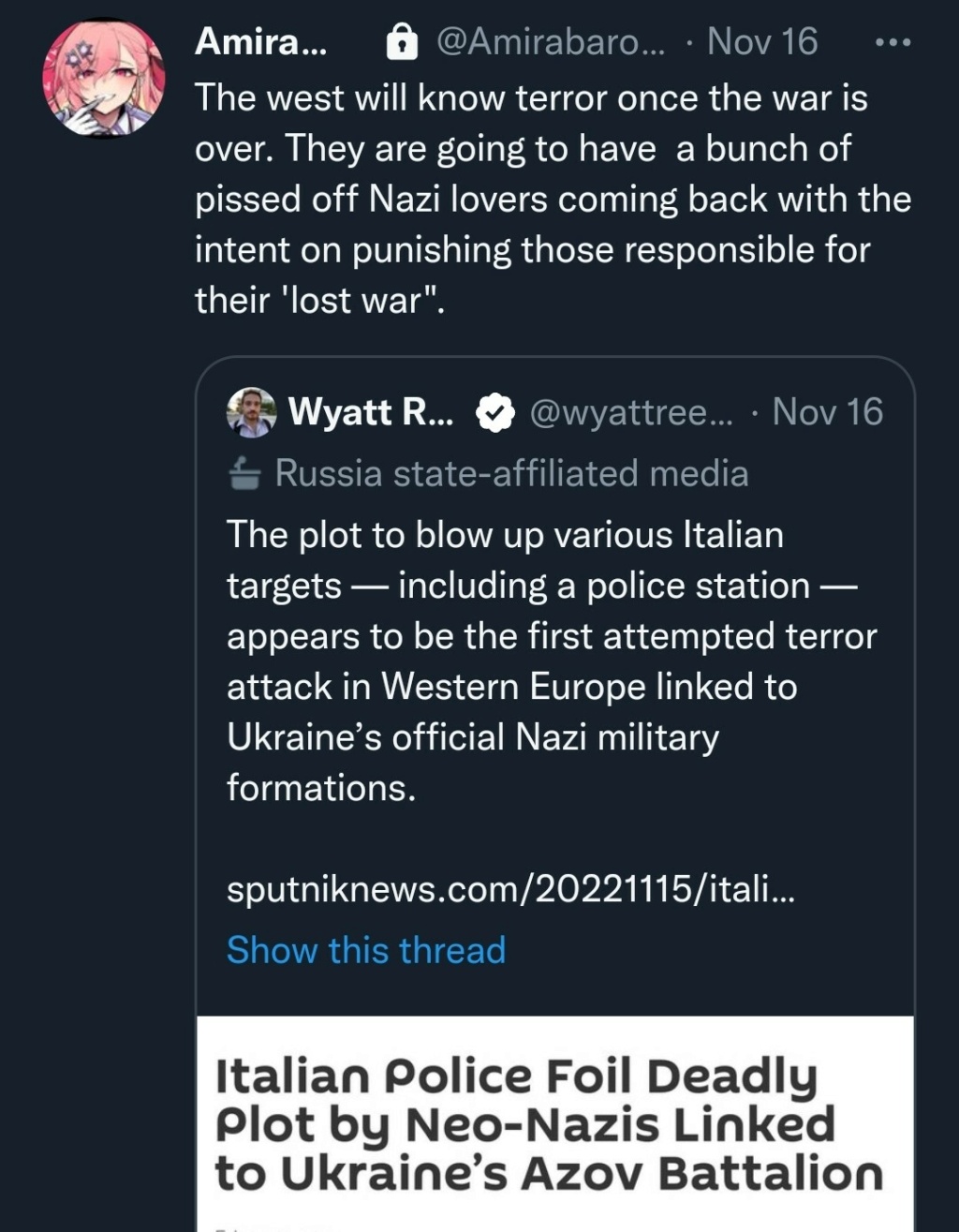limb wrote:
Because they need to. After the 2nd or 3rd shot, the pzh2000 and krab are extremely accurate, due to a digital FCS and much longer range(30km regular round, 40km RAP, 60km Smart or excalibur, while 24.7km, regular, 30km RAP, 27km krasnopol for msta) . The msta and giatsint arent and without krasnopol, need to fire 10-50 rounds at a target to disable it.. The koalitsiya is superior toNATO systems but its still being "ironed out"(translation: potbelly dinosaur pennypinchers don't want to throw a penny to mass produce them). Russian ammo expenditure is a sign of obsolete tech, not superiority. That being said, NATO artillery really doesn't cope withe xtended fire, but it doesn't need to. actual NATO coalition armies, with about 700-900 pzh2000, archer, krab, AS-90, paladin, M198 would the wipe the floor against 2000-3000 D-20s, 2S19M2, D-30s, msta-B, giatsint B, pion
The problem for Russia, or for any high-tech army with a variety of destruction means - is not taking something out that it finds. It has the same GLONASS-guided rounds it can use for the purpose if it wants to. The newer systems can achieve good accuracy even with just dumb rounds and GLONASS integration/targeting. Or Russia can use a million other things to achieve the same.
The problem is finding the target in real-time time in order to be able to aim at it in the first place.
The exact same problem will afflict any NATO army too
Vast majority of the time you only have an approximate idea, or a triangulation giving an area where an enemy artillery is somewhere or other, or a map co-ordinate of an enemy formation given by troops on the ground, or a precise location but already 6 hours old.
To actually target something precisely with artillery you need not only a guided round, but a drone up in the air spotting it or lasering it, or at the very least a report by troops on the ground that can identify a precise building if talking about stationary targets. And those scenarios are more the exception than the norm.
And for area fire using guided rounds would be horribly wasteful. There can be no equivalent by using such expensive ammo, to shelling an entire area that you know is manned with one type of enemy or another, or that you suspect may be and better to be safe than sorry. To shelling some fortifications and ruins day and night to keep the enemy pinned and drain morale.
All of this requires both an efficient ammo supply and durable weapon systems themselves that will handle the stress of a constant rate of fire.




 PhSt
PhSt


